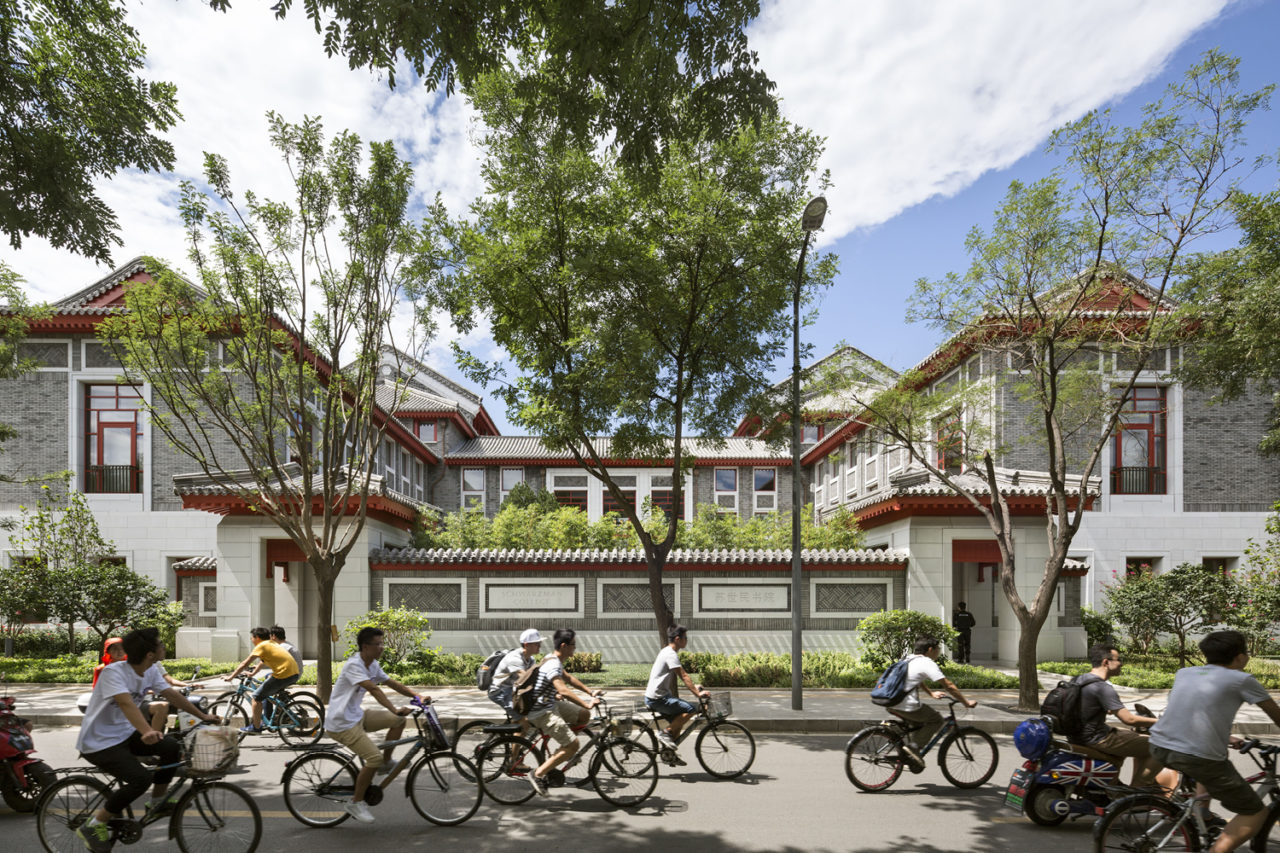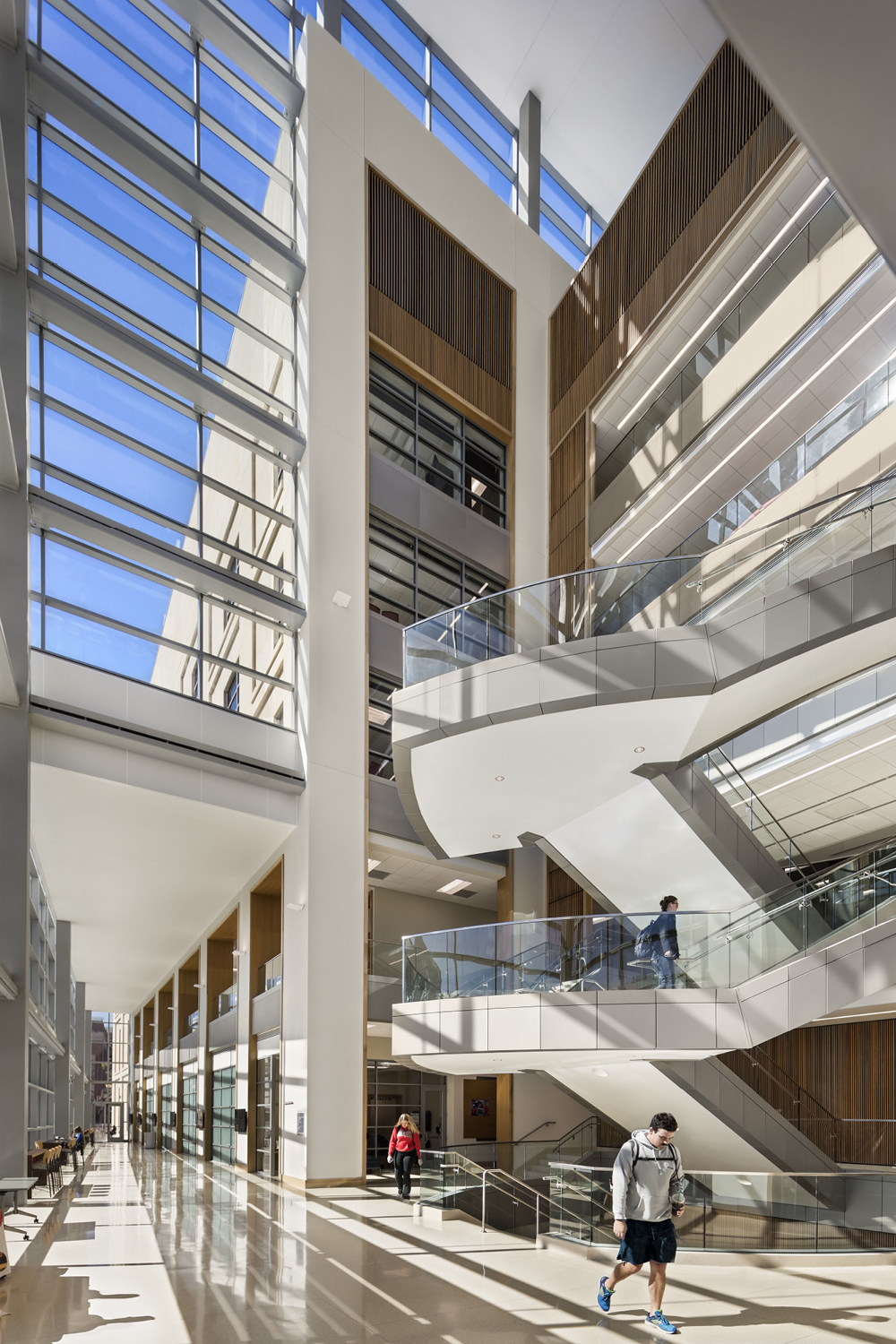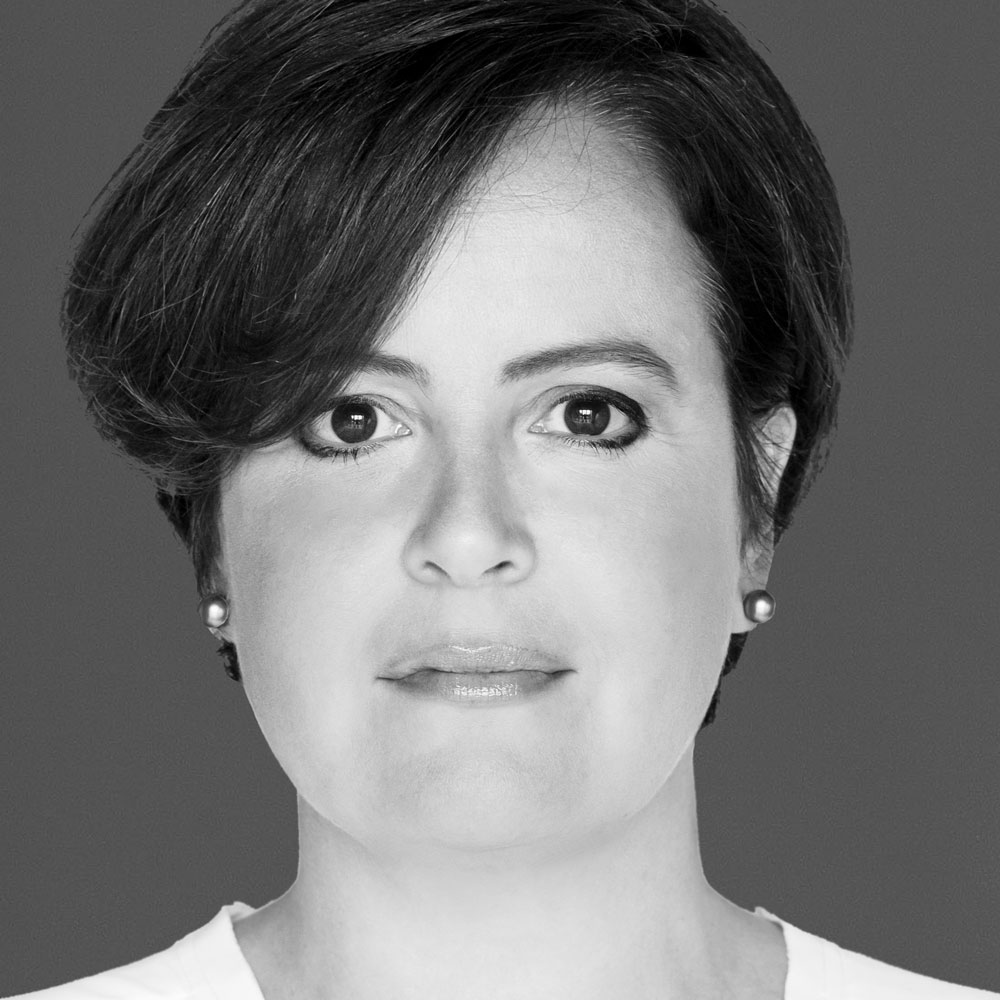by: AIA New York
The work of Melissa DelVecchio, FAIA, has demonstrated that the principles of classicism and modernism can be dynamic conversational partners, producing expressive buildings that give places identity and meaning. DelVecchio is a Partner at Robert A.M. Stern Architects where her work spans many different institutional building types, including housing, libraries, classrooms, student centers, professional schools, and elementary and secondary schools.
The Jury of Fellows of the AIA elevated DelVecchio to the College of Fellows in the first category of Fellowship, which recognizes architects who have “Promoted the aesthetic, scientific, and practical efficiency of the profession,” according to the organization’s definition. DelVecchio was recognized at the New Fellows Reception hosted by AIA New York and at an investiture ceremony at the AIA Conference on Architecture.
Q: What has been particularly challenging in your recent work?
A: I find the desire for specialization in the profession to be a challenge. Increasingly clients seem to think that they should only hire an architect with deep recent experience with the one specialized building type they are seeking. Architects on the other hand are trained to be creative problem solvers who can approach a broad range of building types, employing thorough research and analysis, working together with a client to discover a solution unique to their mission, goals and needs. Eero Saarinen had never designed an airport terminal when he did TWA, and Frank Gehry had done only one museum when he was hired for the Guggenheim in Bilbao. Clients who define narrow limits in their architect searches may be missing out on a different approach to the problem at hand, or an opportunity to work with a less established firm that may be doing amazing work.
Q: Do you have a favorite building? Why?
A: The Markets of Trajan in Rome. When I first visited the site in college I was spellbound by the degree of architectural complexity within this ancient assemblage. To me it seemed to be at once a building, a neighborhood, and a landscape, offering lasting lessons about how a dense and diverse urban development can create spaces that bring people together. There is a degree of mystery surrounding the building, with archaeologists still debating its former use, but on a purely physical level I have always found it intriguing.
Q: How do you feel about the state of the industry right now?
A: I’m excited by the current innovations in the construction industry right now—like pre-fabrication, as just one example. There seem to be so many opportunities for architects to take ownership of technological innovations that fundamentally change the way we provide our services, and allow us to have more influence on a bigger scale. At the same time, I’m worried that impediments to change presented by professional liability may hamper architects’ ability to lead in this area. I hope that we will collectively find ways to embrace expanding definitions of our profession that will allow us to have the greatest impact.
Q: What are your thoughts on architectural education today?
A: My architectural education began at the University of Notre Dame with training in classical and traditional architecture and urbanism, followed by Yale, where I sought exposure to a broad range of ideas. Based on the lessons of my own diverse education, I believe it’s important to encourage aspiring architects to draw on the full range of lessons that our built environment offers, and educate them in the observational and analytical methods they can use to do this effectively. Considering traditional and new architectural ideas as dynamic conversational partners offers a rich array of lessons that can help us to build stronger communities.
Q: What do you think are the biggest challenges, or opportunities, facing cities today?
A: I can’t help but consider the many failures of development in our suburbs over the last 50 years when I think about this question. By privileging the car over people, and the individual over the community, post-war suburban development has created an environment of isolation which has clearly had a negative effect on our society while destroying large areas of our landscape. With cities growing at such incredible rates across the globe, I hope that we will consider more carefully the role that cities (and small towns) play in reinforcing community. New technology and innovation should be considered together with the proven planning strategies that traditional towns and cities have employed across cultures and time. To build stronger and more sustainable communities for the future, we will need to look back and look forward.
Editors’ Note: This feature is part of a series celebrating the members of the American Institute of Architects (AIA) New York Chapter who are elevated each year to the AIA College of Fellows, an honor awarded to members who have made significant contributions to both the profession and society. Learn more about Fellowship here.













